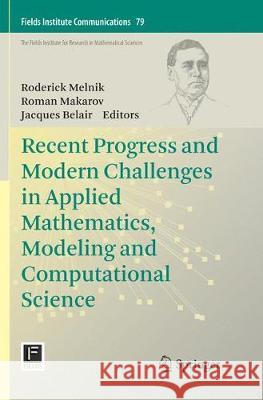Recent Progress and Modern Challenges in Applied Mathematics, Modeling and Computational Science » książka
topmenu
Recent Progress and Modern Challenges in Applied Mathematics, Modeling and Computational Science
ISBN-13: 9781493983551 / Angielski / Miękka / 2018 / 444 str.
Recent Progress and Modern Challenges in Applied Mathematics, Modeling and Computational Science
ISBN-13: 9781493983551 / Angielski / Miękka / 2018 / 444 str.
cena 442,79
(netto: 421,70 VAT: 5%)
Najniższa cena z 30 dni: 424,07
(netto: 421,70 VAT: 5%)
Najniższa cena z 30 dni: 424,07
Termin realizacji zamówienia:
ok. 22 dni roboczych
Dostawa w 2026 r.
ok. 22 dni roboczych
Dostawa w 2026 r.
Darmowa dostawa!
Kategorie:
Kategorie BISAC:
Wydawca:
Springer
Seria wydawnicza:
Język:
Angielski
ISBN-13:
9781493983551
Rok wydania:
2018
Wydanie:
Softcover Repri
Ilość stron:
444
Oprawa:
Miękka
Wolumenów:
01











